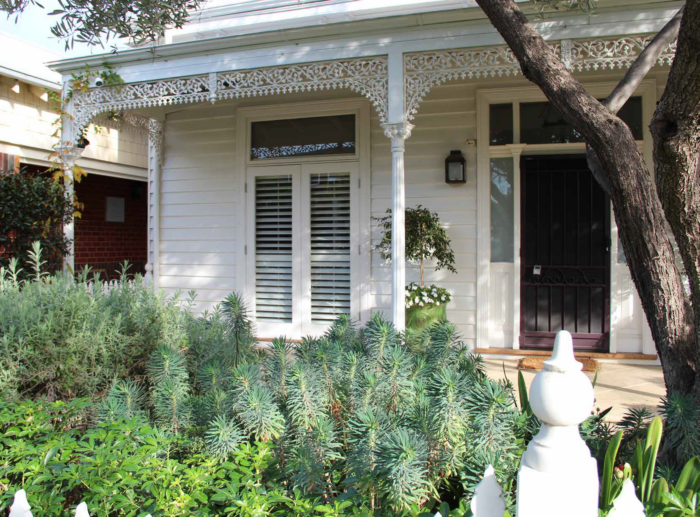
A Specifier’s Guide to:
Selecting Weatherboard
Versatile and timeless, weatherboard is a classic Australian cladding material that is suitable for heritage and contemporary projects alike. In cities and suburbs across the country, weatherboard enjoys enduring popularity thanks to its combination of durability and design flexibility. Traditionally, the weatherboards used throughout Southern Australia were sourced from Norway and other Scandinavian and Baltic states. Finland remains the leader in advanced processing technology and the supply of premium sustainable raw materials. As a consequence of this history, the range of weatherboard available on the Australian market today is diverse and varies greatly. Often regarded as the prototypical Australian residential cladding, weatherboards have greatly benefited from new technologies, which have improved their performance over time. Today’s weatherboards are built to last, and can be specially treated to resist rot, UV exposure, and termite infestation. However, the sheer variety of weatherboard options on the market makes it difficult to discern the most appropriate product for a project, a particularly pressing concern given that research has identified external walling as “the most important variable element in residential construction”.1 In this whitepaper, we explore the key features to consider when specifying weatherboards to ensure that you select the best option for your project.
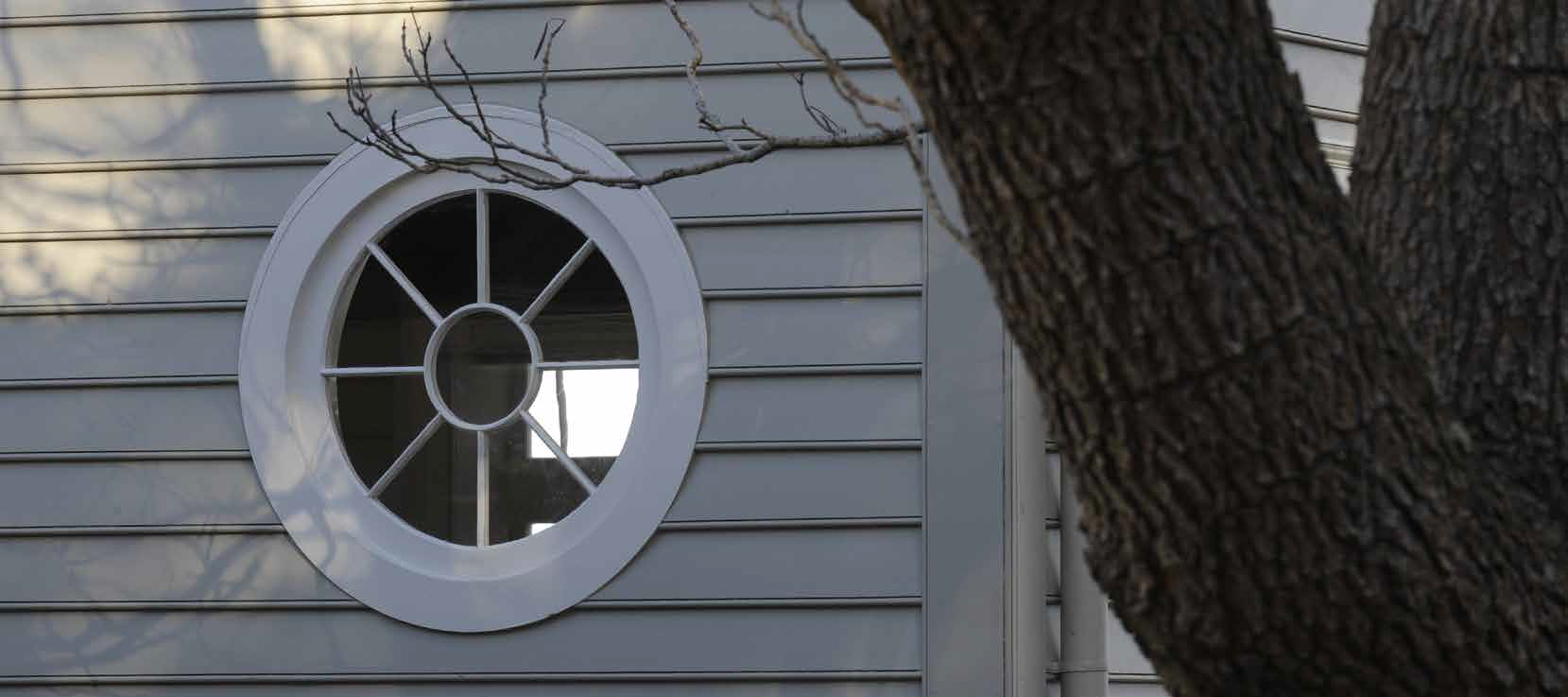
Why choose weatherboard?
Generally speaking, weatherboards are of good quality. This can be enhanced by selecting products from a reputable
brand and supplier, which will also ensure support for the duration of the product lifespan, compliance with the relevant standards, and comprehensive manufacturer’s warranty. It is critical to select a professional standard product that does not rely on lower quality materials and manufacturing.
Available in a breadth of materials, finishes, profiles, and widths, weatherboards offer an outstanding level of design flexibility. Their clean design lines are ideal for buildings ranging from the classic Australian beach cottage to the contemporary, minimalistic villa.
This versatility is combined with durability and insulation capability; solid timber weatherboards inherently provide high levels of acoustic and thermal insulation, particularly when compared with other non-timber alternatives. Fibre, vinyl, and metal cladding can also contribute to insulation when used as the decorative exterior of highly insulated thermal and acoustic barriers. In these, a large wall cavity is filled with insulation bats
and additional layers of solid timber or plywood, which attenuate excess sound and extreme temperatures.
Durability is also a major factor in the endurance of weatherboard as a favoured Australian cladding material.
Capable of withstanding the extremes of the Australian climate with minimal maintenance, weatherboards can be expected to last for multiple generations. When sourced from appropriately certified forests, timber weatherboards can pose a sustainable alternative to other methods of cladding. They also require low levels of energy to manufacture and deliver: a timber stud wall with timber weatherboard cladding and insulation has an embodied energy of 169mJ/m2, while a timber stud wall with a clay brick veneer cladding and insulation has an embodied energy of 561mJ/m2.2
Heritage or contemporary profiles
A feathered or bevelled profile – also known as Lap board – is proven to repel rot and combat even the harshest weather conditions. Feathered weatherboards are the ‘classic’ weatherboard profile, and are installed with a slight overlap. This overlap is uniquely designed to allow free movement of the natural timber with changes in temperatures and humidity. Boards must never be nailed together, as this will prevent free
movement and may cause splitting or buckling.
Shiplap or Channel cladding also have an overlapped installation, but fixing to the substrate is done through only the lower board. The lateral ends of the board are notched to create a tongue-and-groove system that slots together so that the overlapping lip of the upper board conceals the fixing, giving a clean, smooth finish.
Selecting a Material
Weatherboards are fabricated from either timber or non-timber substitutes, with the advantages and disadvantages of each of these discussed below. Regardless of the material, it is important to consider whether weatherboards are suitable for the bushfire attack level (BAL) of the installation site.
In BAL-19 and below zones, weatherboard must be installed at least 400mm above ground level. In BAL-29 zones, timber weatherboard must be treated with a fire retardant liquid coating recognised by the CSIRO as meeting the requirement for bushfireresisting timber in AS 3959:2009 – Construction of Buildings in bushfire prone area.3 Timber weatherboards are easy to install and are available in a variety profiles and timber species.
In Australia, timber weatherboards are manufactured from either imported or local timber, with common species including Cypress Pine, preservative treated pine (usually Radiata, Slash, or Hoop), and imported timbers such as Baltic Pine.
When specifying solid timber weatherboards, be mindful of the importance of an appropriate protection and finish.
Weatherboards can be supplied natural or with chemical preservatives and primers; most weatherboards require a top
coat of quality exterior paint on all sides prior to fixing. Advanced weatherboard products are available with factory applied primers, anti-rot and fungal protection. Installation should always be done by experienced installers and in accordance with the manufacturer’s instructions. Never remove factory-applied coatings during installation, as this will void your warranty. As with all building components exposed to weathering, periodic inspection and maintenance is essential. Properly installed and maintained weatherboards will last generations.
Cement fibre weatherboards are comprised of cellulose fibres, sand, and cement. Highly customisable and with a high tensile strength, fibre weatherboards are favoured in contemporary projects where a uniform material surface is desired. They perform well in most weather conditions and are resistant to termites, moisture, and fire. Since they are not natural products, they will not rot or decay even when exposed to high levels of regular moisture, making them ideal for installation in moist environments. Although they require less maintenance than timber in terms of surface treatment and cleaning, fibre weatherboards may require reapplications of paint after years of exposure to sun and the elements. Their susceptibility to thermal conditions should
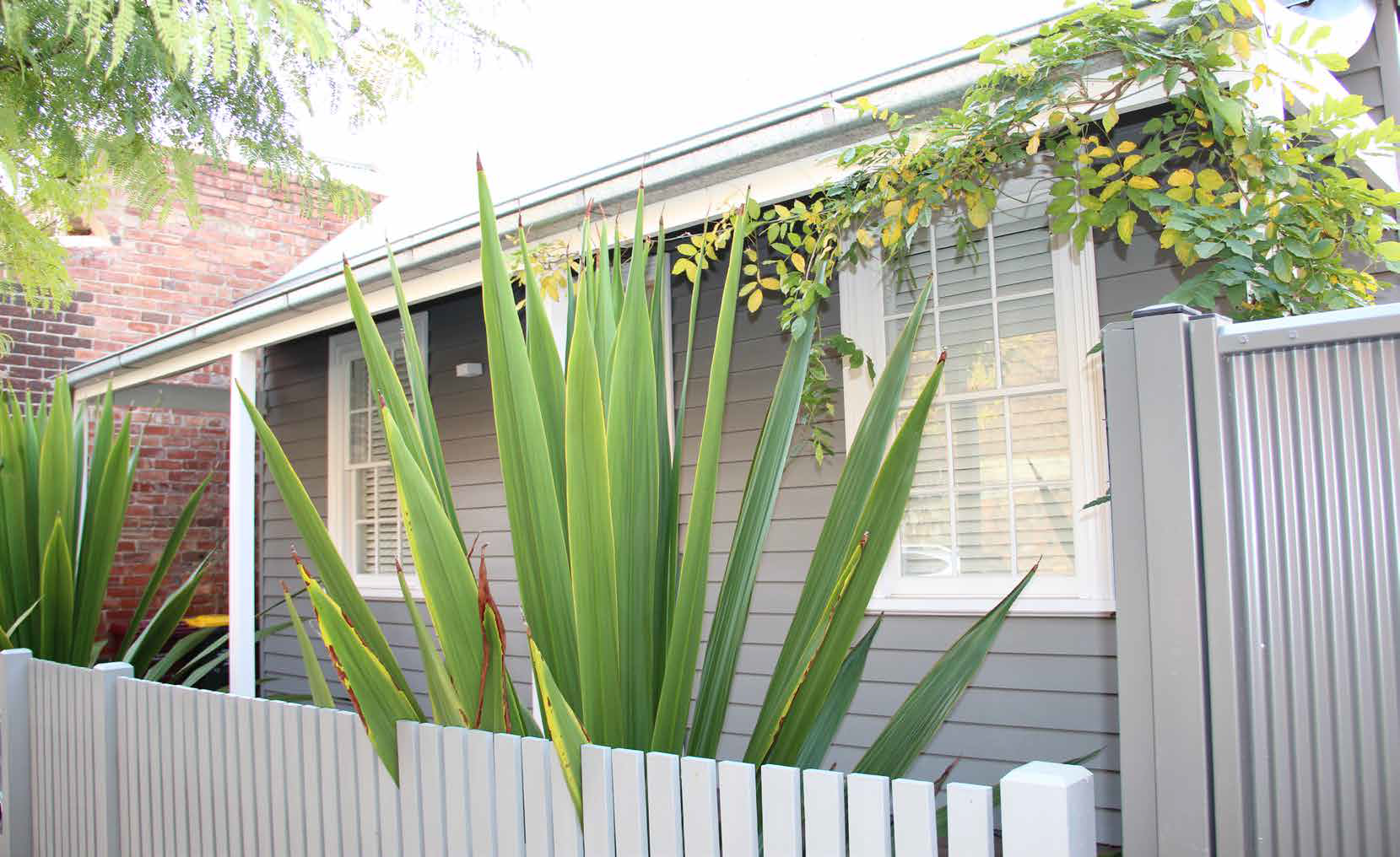
also be considered: fibre boards require vertical joints at smaller
intervals than solid timber, because they may expand and contract significantly in heat and cold. Placing joints closer together reduces the risk of entire boards cracking or deforming with this movement, but breaks up the long, continuous design lines for which weatherboard is known
Vinyl weatherboards feature a vinyl surface that is embossed with a faux wood grain. Non-timber claddings are typically significantly more expensive and sometimes require specialist installers and equipment. Vinyl cladding is entirely synthetic, and is low-maintenance, lightweight, and UV resistant. Unlike solid timber and fibre boards, vinyl weatherboards require no further painting or treatment after installation, and have minimal maintenance requirements.
Although they have a rich, integral colour, the surface colour of vinyl weatherboards may fade over time and is prone to scratching – the wood grain imprint is both decorative and a means of disguising surface damage. Similar to fibre weatherboards, vinyl boards have a tendency to expand and contract with variations in temperature, and vertical
joints are required at smaller intervals. Metal cladding is comprised of sheet metal – usually steel or aluminium – rolled into profiles that resemble weatherboards and powder painted to ensure a smooth, even finish and colour. Supplied in a breadth of colours, metal cladding of this type can also be treated for enhanced UV and weather resistance and an extended product lifespan, with galvanised steel cladding having a lifetime of up to 100 years.4
Metal cladding is highly durable and weather-resistant, without the propensity to chip, flake, or blister that other weatherboard options have. However, it is prone to impact damage and should not be specified for high-traffic environments where impact (with pedestrians, vehicles, or animals, for example) is anticipated.
The Importance of Installation
As with any construction element, a significant part of the success of weatherboard lies in its installation. For best results, high quality weatherboards should only be installed by experienced, knowledgeable installers. They must closely follow the manufacturer’s guidelines and the established practices of the trade. Acceptable construction practice for installing timber weatherboard cladding is set out in part 3.5.3.2 of the National Construction Code – Volume 2 for Class 1 & Class 10 Buildings. Where a vapour barrier is used beneath weatherboards, the requirements of AS/NZS 4200.2 – Pliable building membranes and underlays – installation must be met.
Vinyl weatherboards feature a vinyl surface that is embossed with a faux wood grain. Non-timber claddings are typically significantly more expensive and sometimes require specialist installers and equipment.
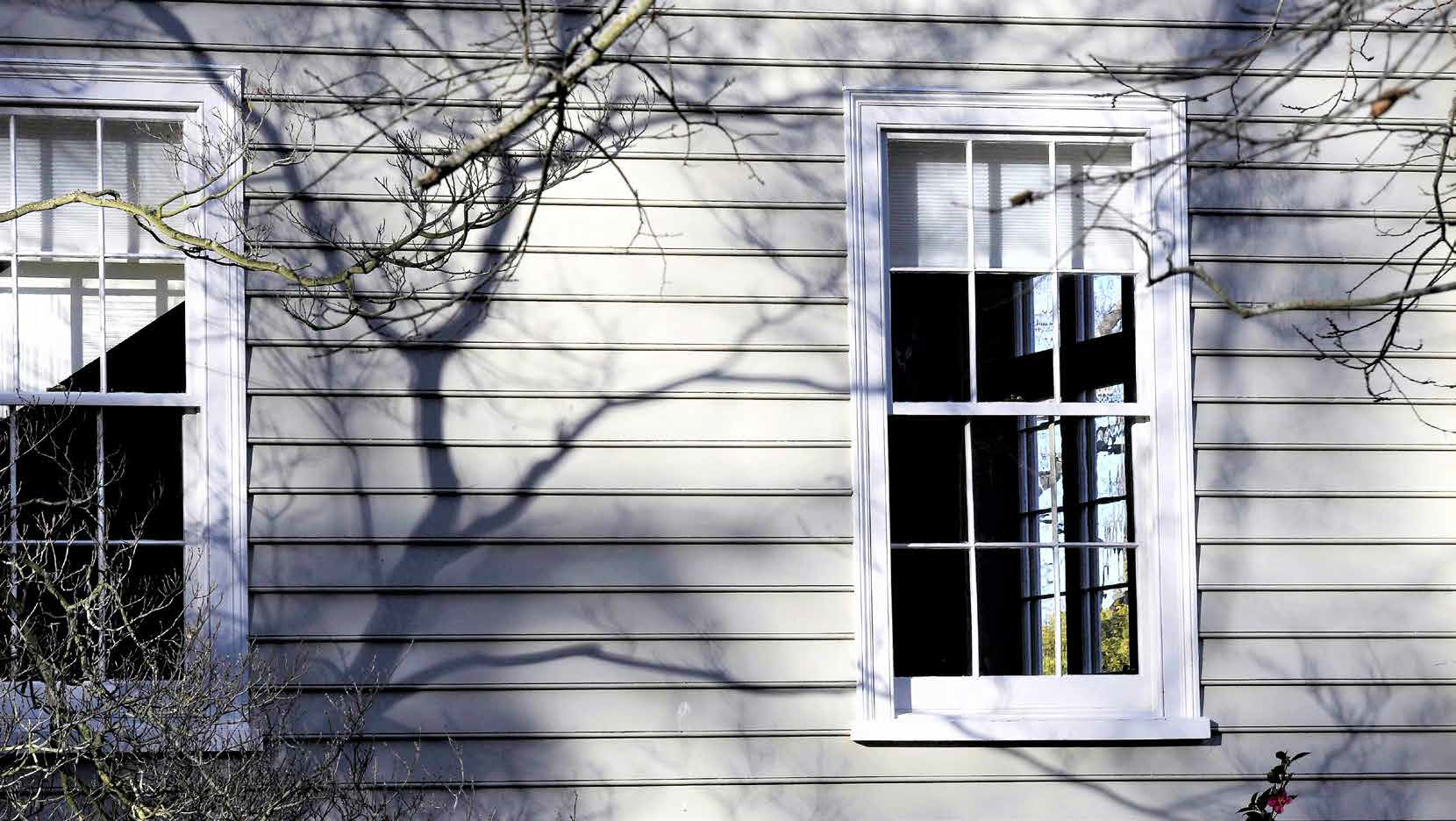
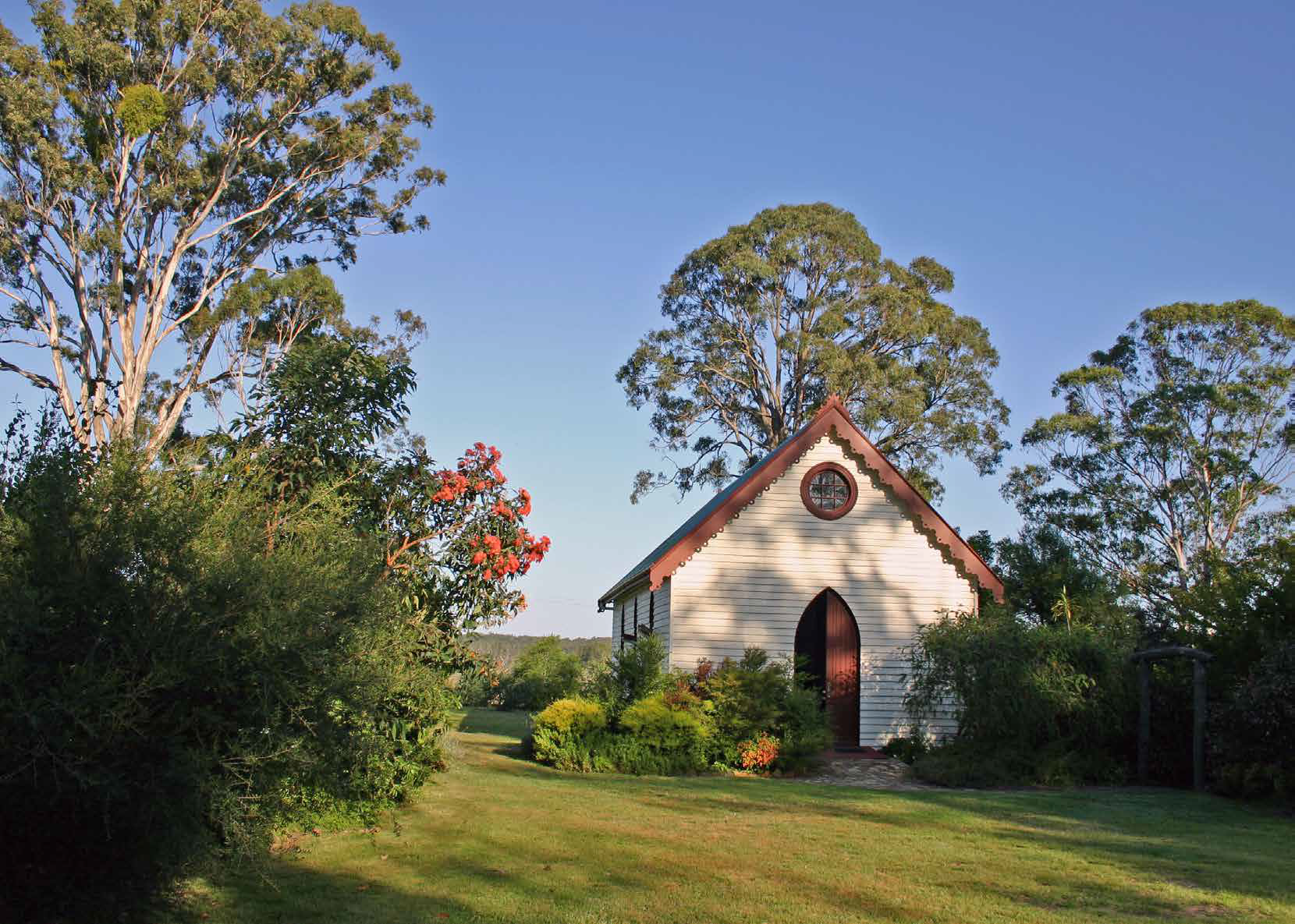
Wright Forest
Wright Forest have been leading innovators in timber for over 160 years, and are backed by some of Europe’s most respected timber and chemical manufacturers. In addition to importing, warehousing, and distributing Nordic timbers Australia-wide, the company also provides technical advice to support their diverse product lines. Their broad selection of products, including their flagship Luviawood® Permapine® and Lunawood® brands, is available in specialist timber suppliers around Australia, and is supplied with a limited guarantee to meet an in-service life of 15 years.
One of the most established Australian suppliers of Nordic timber, Wright Forest offers a suite of high quality weatherboard cladding products in classic feathered or lapboard and shiplap styles. The Luviawood® Weatherboard catalogue contains something to suit every project and aesthetic. Wright Forest weatherboards and cladding can be supplied with factory applied coatings that use advanced elastomeric primers to ensure maximum performance for as long as possible.
This commitment to high quality weatherboards is coupled with significant sustainability credentials: Nordic timbers sold through Wright Forest are sustainably sourced from PEFC forests and processors. Solid Baltic timber, the company’s preferred species for weatherboards, has an extremely low embedded energy level. In effect, Baltic weatherboards act as a carbon storage system that, when correctly installed and maintained, sequesters carbon throughout the boards’ useful life.
Wright Forest also offers a selection of preservation and factory applied coatings to maximise the performance of their solid timber weatherboards. This includes the Gori T3 treatment, a unique, non-toxic blend of propiconazole, tebuconazole, 3-Iodo-2-propyl-butylcarbamat, and cypermethrin organic co-biocides. Gori T3 timber is flow treated, allowing deep absorption into the wood tructure and ensuring that protection is provided where it matters most.
Through their partnership with Lunawood®, Wright Forest has also been integral to the development and launching of Thermowood in Australia. Thermowood from Lunawood uses Nordic softwood raw materials and applies a heating process in an autoclave, a process that increases durability and dimensional stability for exterior cladding. The process provides protection from rot, even without the use of preservative chemicals and coatings. In addition to providing proven protection against fungi, insects, and termites, Gori T3 and T2 helps make timber more dimensionally stable. Timber treated with Gori T3 is suitable for above ground use. Classes UC1, UC2, and UC3 including applications such as cladding, doors, and windows.



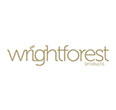
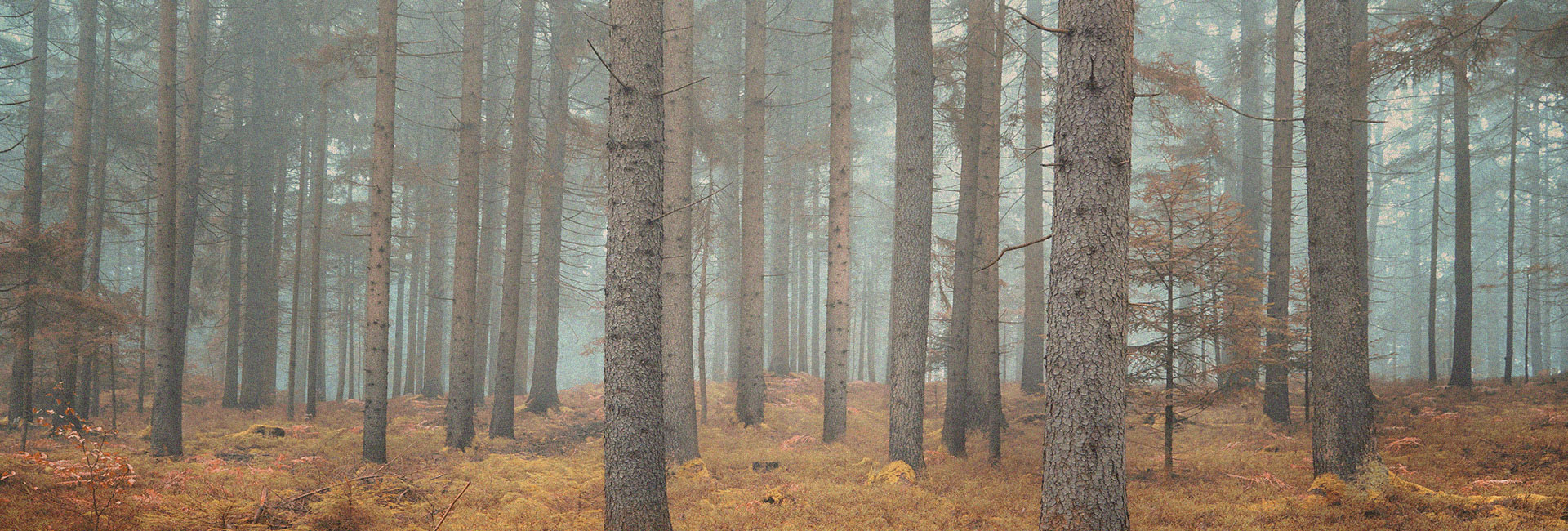
WimThott
11.08.2020 at 22:00[url=http://dapoxetine911.com/]dapoxetine online no prescription[/url]
MatthewUtege
12.08.2020 at 05:13рабочее зеркало казино x
казино х россия
Matthewacill
12.08.2020 at 09:13come dimagrire
Howardgax
12.08.2020 at 11:56Siaonvr Mini Fat Rabbit Healing Squeeze Abreact Fun Joke Gift Rising Toys WH
Set of 4 Friction Powered Car Toys, Double-sided Stunt Flip Inertia Car, Push and Go Toy Cars for Toddlers, 360 Rotation and Flips Off Road Novelty Car Toys, Gifts for 3 4 5 6 7 8 Year Old
JoshuaDeeva
12.08.2020 at 14:18вулкан слотс обзор
вулкан клуб слотс россия
RichardBeism
12.08.2020 at 14:18slots vulkan
вулкан slots скачать
JosephAstet
12.08.2020 at 17:31принудительное лечение алкоголизма без ведома больного – центр реабилитации алкоголизма, лирика для наркозависимых
Caseycycle
12.08.2020 at 17:54get more dark web
DavidFuerb
12.08.2020 at 18:31Recommended Reading empire market alternative links
CurtisPap
12.08.2020 at 18:37промокод яндекс директ 3000 рублей – промокод яндекс директ 3000 руб, аккаунт яндекс директ с балансом купить
AndrewDig
12.08.2020 at 18:38additional resources hydra
Dennissor
12.08.2020 at 18:51репетитор по биологии спб – ЕГЭ, курсы егэ
Matthewacill
24.09.2020 at 01:41perdere 10 kg in una settimana